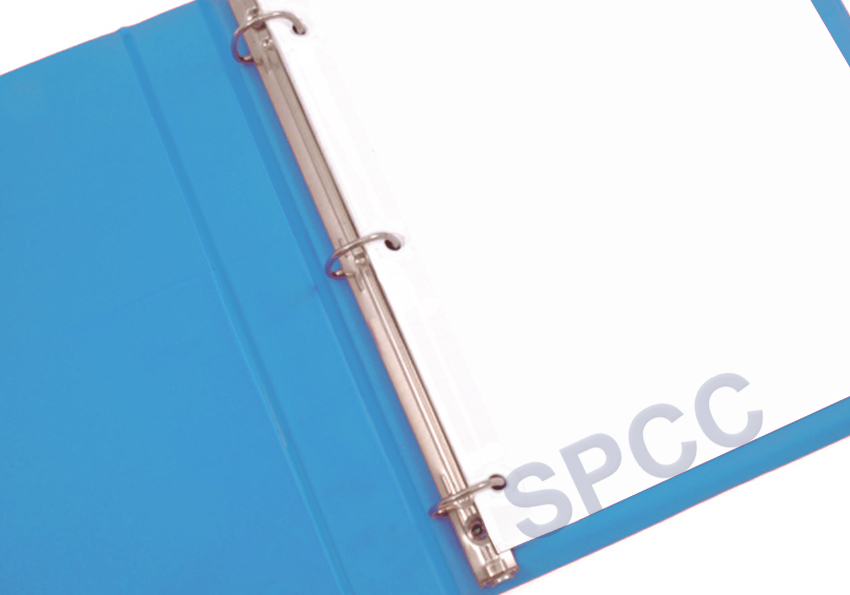 |
According to the U.S. Environmental Protection Agency (EPA), there are two types of qualified facilities, Tier I and Tier II.
To be considered in either tier, a facility must first have a total aggregate aboveground oil storage capacity of 10,000 gallons (gal) or less.
Next, facilities cannot have had:
- A single discharge of oil to navigable waters or adjoining shorelines exceeding 1,000 gal, or
- Two discharges of oil to navigable waters or adjoining shorelines each exceeding 42 gal within in any 12-month period.
This limitation applies to the 3 years before a Plan certification date or, for facilities in operation less than 3 years, the period of time since the facility became subject to the SPCC rule.
TRAC360 for SPCC provides all of the PE-written and reviewed templates that you need to create your facility-specific required plans, checklists, and training. See how it can solve your top compliance challenges. Find out.
If you also have no individual aboveground oil containers greater than 5,000 gal, your facility is a Tier I facility, which means that you can complete and self-certify your SPCC Plan using the template options provided in Appendix G of 40 CFR Part 112.
Or, if you also have any individual aboveground oil containers greater than 5,000 gal, your facility is a Tier II facility and you may prepare a self-certified Plan in accordance with the applicable requirements of Part 112.7 and Subparts B or C of the rule in lieu of a PE-certified Plan. It is important to note that while Tier II facilities may not use the Tier I template and the Tier II Plan requirements are similar to a PE-certified plan, the owner or operator is allowed to self-certify the plan.
Anyone that qualifies for SPCC Plan self-certification must attest that they are familiar with SPCC requirements and certify the following:
- The person certifying the Plan has visited and examined the facility and the Plan was prepared according to the rule requirements and sound and accepted industry practices,
- The Plan establishes procedures for required inspections and testing,
- The Plan is fully implemented,
- The facility meets the Tier I or Tier II qualifications,
- The Plan does not deviate from rule requirements except as allowed and as certified by a PE, and
- The Plan has management’s approval and the commitment of resources for implementation.
Simplify SPCC compliance with the NEW TRAC360 platform. In just a few minutes, see how easy it is to create compliant plans and checklists, train your team, and find answers to all your SPCC questions. Learn More.
One caveat to the self-certification qualification is that some states have more stringent requirements, including a total prohibition on SPCC Plan self-certification. Before you initiate development of a SPCC Plan for self-certification, contact your state regulators to confirm acceptance.
Even if you are sure your facility is a qualified Tier I or Tier II facility, you are not required to self-certify your SPCC Plan and you have the option of hiring a PE to work with you to create, implement, and certify a Plan. Keep in mind, however, whether you self-certify or work with a PE, owners or operators are ultimately responsible for preparing the Plan, implementing the Plan and, if necessary, amending the Plan.
In the event of a release or spill that reaches navigable waters or adjoining shorelines, owners or operators are also responsible for reporting the spill to the National Response Center (NRC). If the amount of oil spilled is more than 1,000 gal or more than 42 gal on two different occasions within a 12-month period, you must also report the spill in writing to your EPA Regional Office.
Tomorrow, we look at some of the ins and outs of SPCC Plans for those who choose to self-certify.
